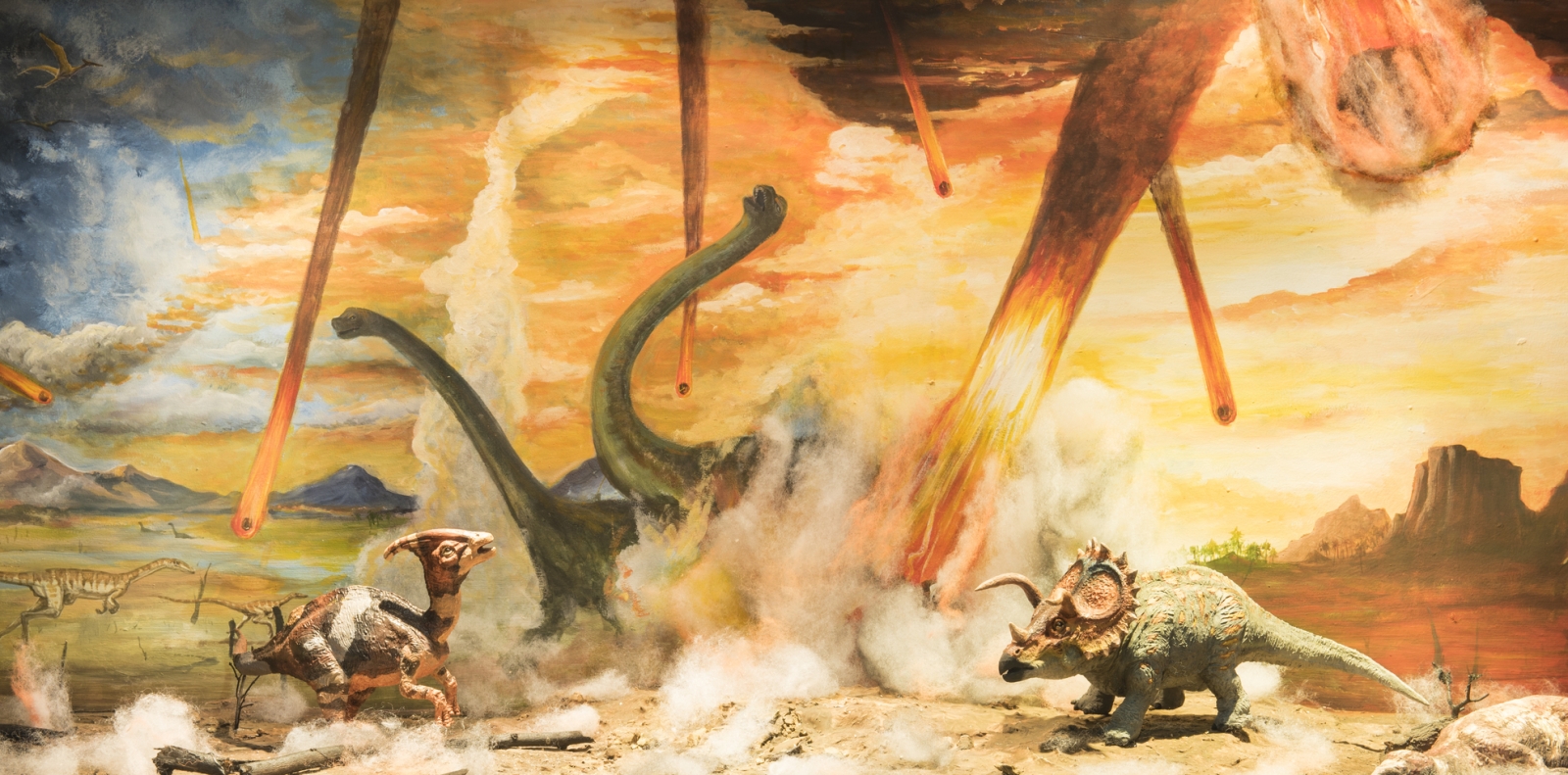Scientists say they still don t know what caused the mass extinction of 75 of earth s known life including the dinosaurs

Scientists say they still don’t know what caused the mass extinction of 75% of Earth’s known life, including the dinosaurs.

The extinction of dinosaurs is one of the most captivating mysteries in the scientific world. Despite extensive research and numerous speculations, scientists have yet to discover the definitive cause of the mass extinction that wiped out 75% of Earth’s known life, including the mighty dinosaurs. This article delves into this fascinating enigma, exploring various theories while providing a glimpse into why the mystery still persists.
The theory that most people are familiar with suggests that the extinction event took place when a massive asteroid struck Earth approximately 66 million years ago. This hypothesis, known as the asteroid impact theory, gained substantial traction after the discovery of a 112-mile-wide crater buried beneath the Yucatán Peninsula in Mexico. The impact would have released an enormous amount of energy, causing widespread devastation and setting off a chain of catastrophic events.
:max_bytes(150000):strip_icc()/GettyImages-492602763-56d32ae45f9b5879cc8aa683.jpg)
According to this theory, the resulting dust and debris thrown into the atmosphere would have blocked sunlight for an extended period, leading to a global cooling effect known as the “impact winter.” This sudden decrease in temperature would have disrupted the food chain, affecting the survival of many species, including dinosaurs.
While the asteroid impact theory is widely accepted, it is important to note that it is not without controversy. Some scientists argue that the impact alone could not have caused such a massive extinction event. They propose that the impact might have acted as a catalyst, exacerbating an already vulnerable ecosystem.
Another prevailing theory suggests that the extinction was triggered by massive volcanic eruptions known as the Deccan Traps, which occurred around the same time as the asteroid impact. The Deccan Traps, located in what is now modern-day India, spewed vast amounts of lava and toxic gases into the atmosphere, potentially causing significant climate change and altering ecosystems worldwide.
The debate between the impact theory and the volcanic eruption theory continues, highlighting the complexity of the dinosaur extinction puzzle. The truth may lie somewhere in between, with a combination of catastrophic factors leading to the demise of these magnificent creatures.
In recent years, scientists have also explored the possibility of multiple extinction events occurring over a more extended period rather than a single cataclysmic event. The gradual changing of Earth’s climate, combined with other factors like sea level fluctuations and the arrival of new predators, may have played significant roles in the extinction process.
Despite the extensive research and advancements in scientific technology, the mystery of the dinosaur extinction remains unsolved. The lack of a conclusive answer fuels ongoing scientific exploration, as researchers continue to gather evidence and propose new ideas.
In conclusion, the question of what caused the mass extinction of dinosaurs and 75% of Earth’s known life remains unanswered. Various theories, including the asteroid impact and volcanic eruption hypotheses, have gained prominence, but none provide a definitive explanation. The enigma surrounding the extinction event captivates scientists and enthusiasts alike, driving further research and exploration into the complexities of Earth’s ancient history.
Sources:
- “We Still Don’t Know Why the Reign of the Dinosaurs Ended” by Riley Black, Smithsonian Magazine
Related Posts
Quick Links
Legal Stuff

